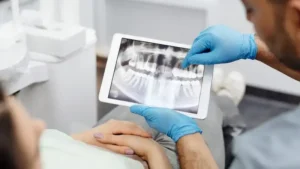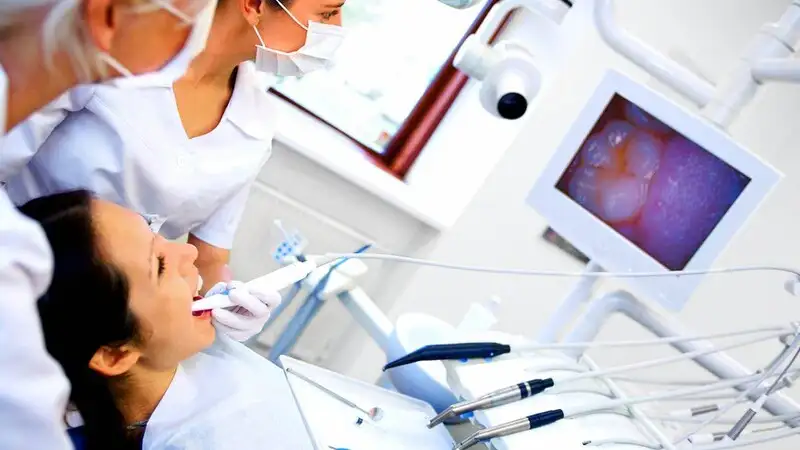Modern dentistry has witnessed remarkable advances over the past few decades, transitioning from traditional methods to innovative techniques designed to enhance patient care and overall dental health. The shift to modern dentistry includes a holistic approach that prioritizes prevention, early detection, and minimally invasive treatments.
Modern Dentistry
This approach differs drastically from traditional practices that often involve more invasive and less precise procedures. For instance, choosing a Lincoln Park Dentist exemplifies how modern dentistry integrates comprehensive care to promote long-term oral health, ensuring patients receive tailored treatments suited to their needs.
In essence, the philosophy of modern dentistry revolves around the idea that maintaining good oral health is crucial not just for the teeth and gums but for the overall well-being of individuals.
Studies have indicated that dental health significantly influences overall health, linking conditions like heart disease and diabetes to periodontal health. Thus, emphasizing holistic care ensures that patients’ comprehensive health needs are addressed, contributing to better life quality and general health.
Key Takeaways
- Learn how advanced dental technologies improve patient outcomes.
- Discover the latest trends in dental health and hygiene.
- Explore the benefits of preventative care and routine checkups.
Preventative Care and Routine Checkups
One essential component of contemporary dentistry is preventative care, which emphasizes how crucial it is to keep your mouth clean to avoid dental problems. Routine dental checkups enable early detection of possible issues, including gum disease, cavities, and oral cancer.
These exams often include professional cleanings to remove plaque and tartar buildup. Patient education on oral hygiene practices, fluoride treatments, and a balanced diet is also essential.
Early management helps ensure long-term dental health by preventing minor concerns from becoming more serious. Patients should schedule cleanings and examinations with their dentist at least twice a year.
Advanced Dental Technologies
Modern dentistry has seen the integration of advanced technologies such as digital radiography, 3D imaging, laser dentistry, and CAD/CAM technology. Digital radiography offers more explicit images with reduced radiation exposure, while 3D imaging allows for more precise planning and execution of dental procedures like implants and orthodontics.
Laser dentistry is popular due to its minimally invasive nature, reducing the need for drills, discomfort, and recovery time. In the dentist’s office, precise dental restorations like veneers and crowns may be created often with only one visit because of CAD/CAM technology. These advancements in dental digital technology are transforming patient experiences and highlighting the benefits of digital solutions in dentistry.

Latest Trends in Dental Health
Keeping up with the latest trends in dental health can significantly influence one’s oral hygiene habits and preferences. Recently, there has been a growing interest in holistic dental products that emphasize natural ingredients.
Items like charcoal toothpaste and biodegradable toothbrushes satisfy customers who want to avoid synthetic chemicals and are concerned about the environment. These products are designed to be gentle on the gums and teeth while promoting a cleaner, greener lifestyle.
Benefits of Choosing Modern Dentistry
Modern dentistry offers numerous benefits, including enhanced effectiveness and comfort in dental treatments. Advanced technologies and innovative techniques, such as digital impressions and CAD/CAM technology, improve precision and reduce patient discomfort. Modern dentistry also emphasizes holistic health, recognizing the interconnectedness between oral health and overall well-being.
Another notable trend is the rise of clear aligners, a covert substitute for conventional metal braces for straightening teeth. Clear aligners are made from transparent plastic, making them less visible and often more comfortable than traditional braces. Teenagers and adults alike frequently choose aligners since they can be taken out for meals and dental maintenance.
Conclusion
This approach reduces dental anxiety and ensures comprehensive health needs are considered. Prioritizing preventative care helps maintain healthier smiles over time, minimizing future treatment needs. By investing in modern dental care, individuals can enjoy improved oral health, enhanced comfort during treatments, and a higher quality of life.
